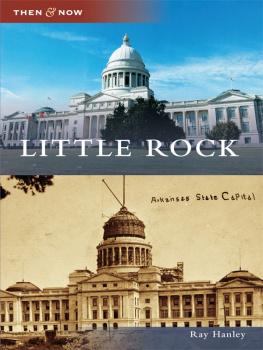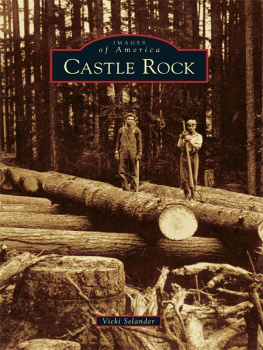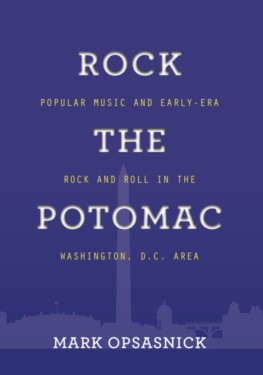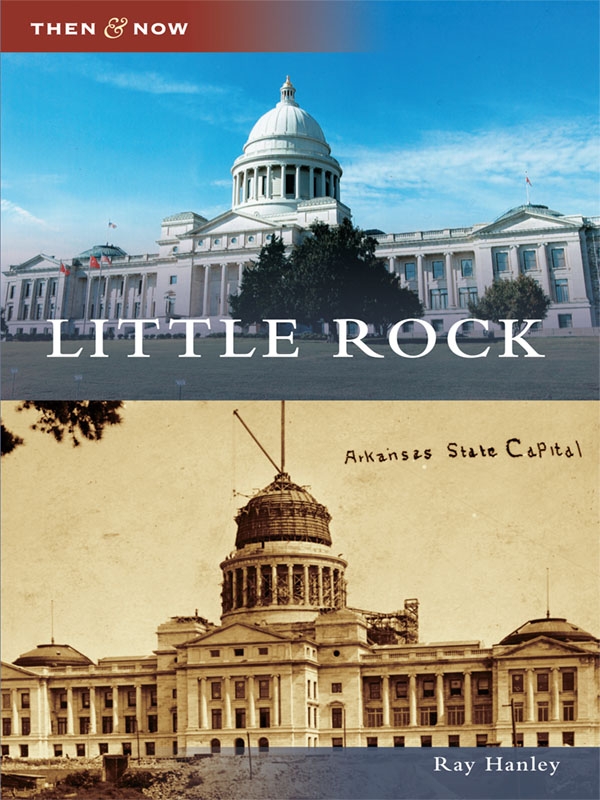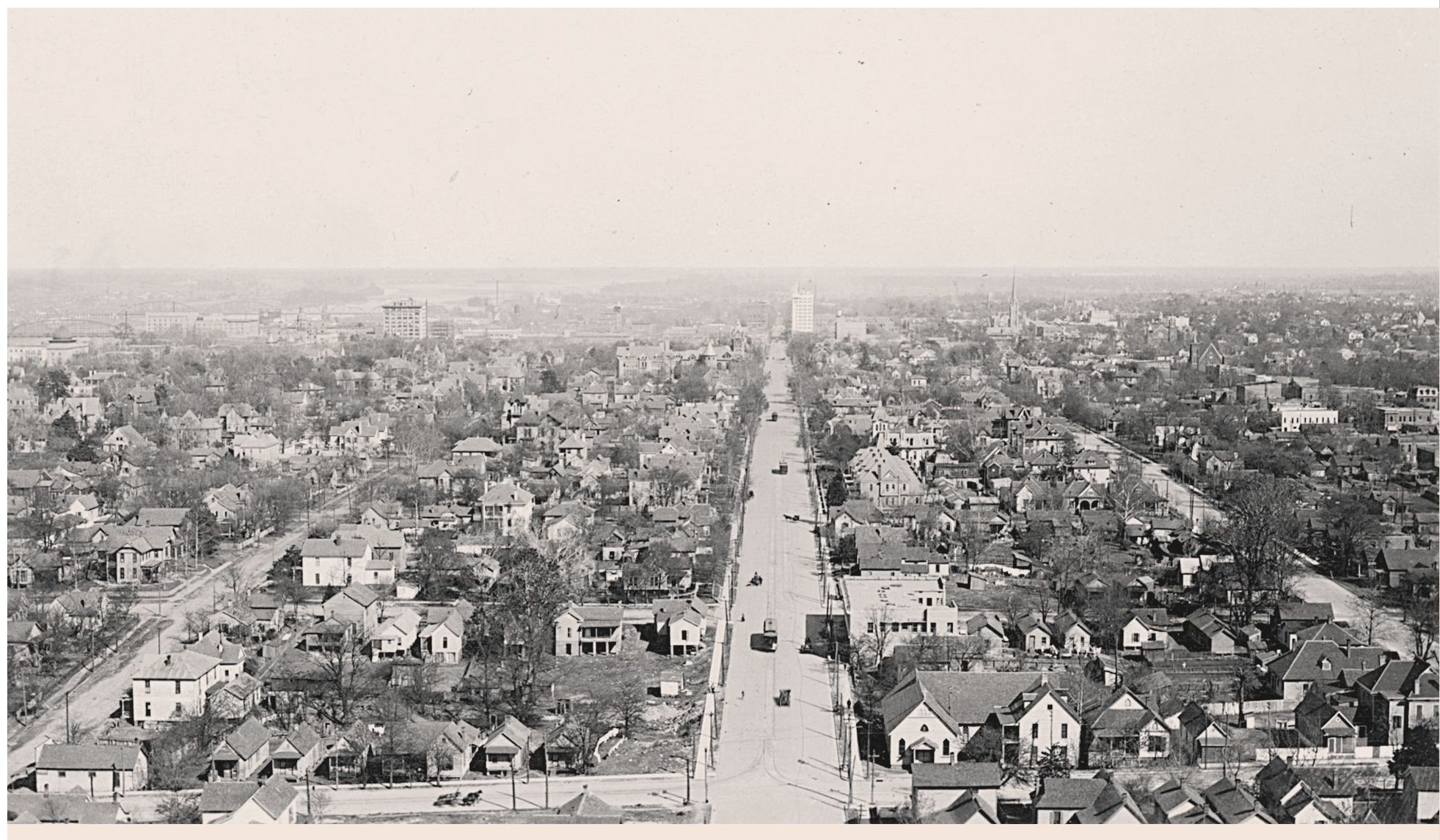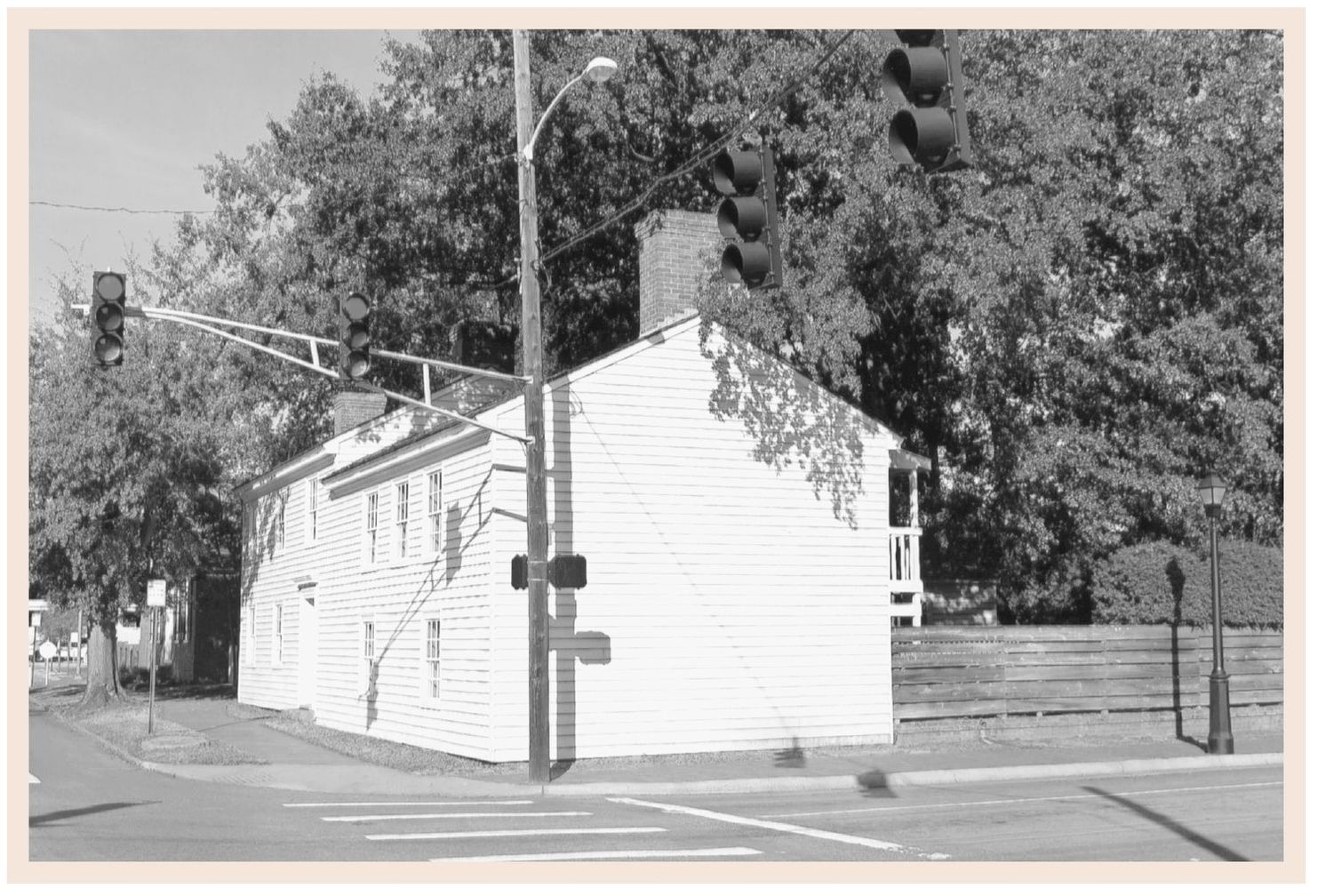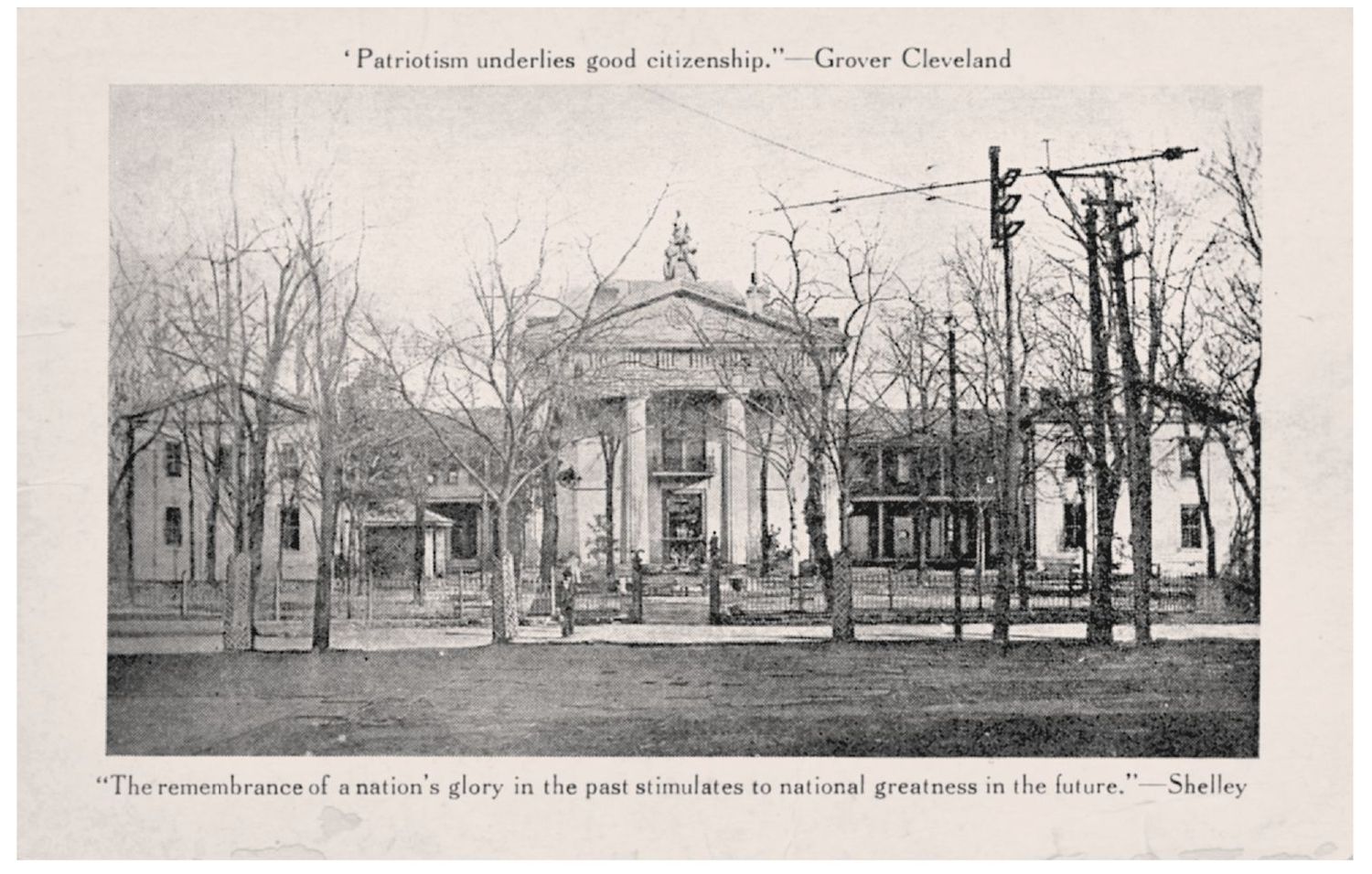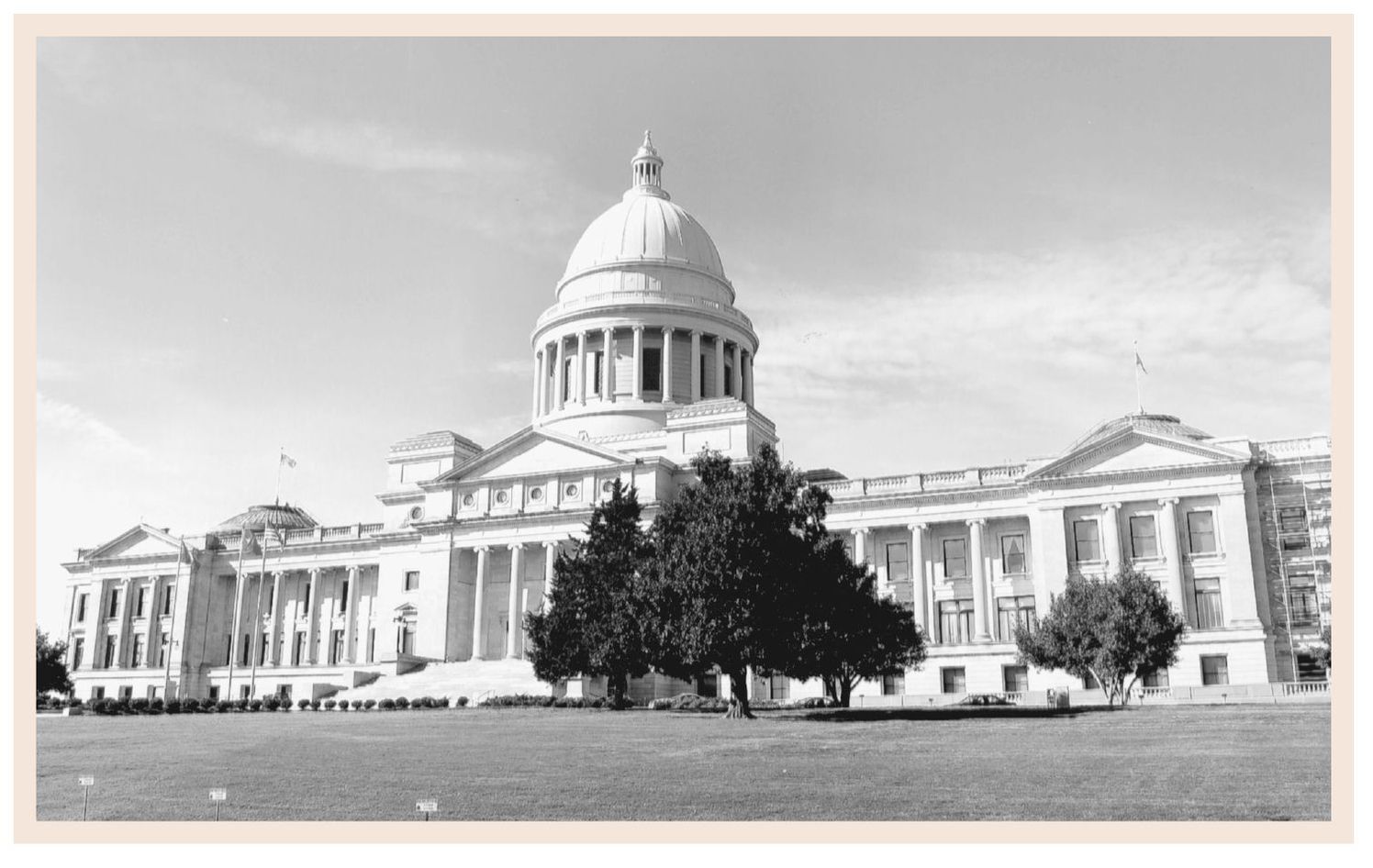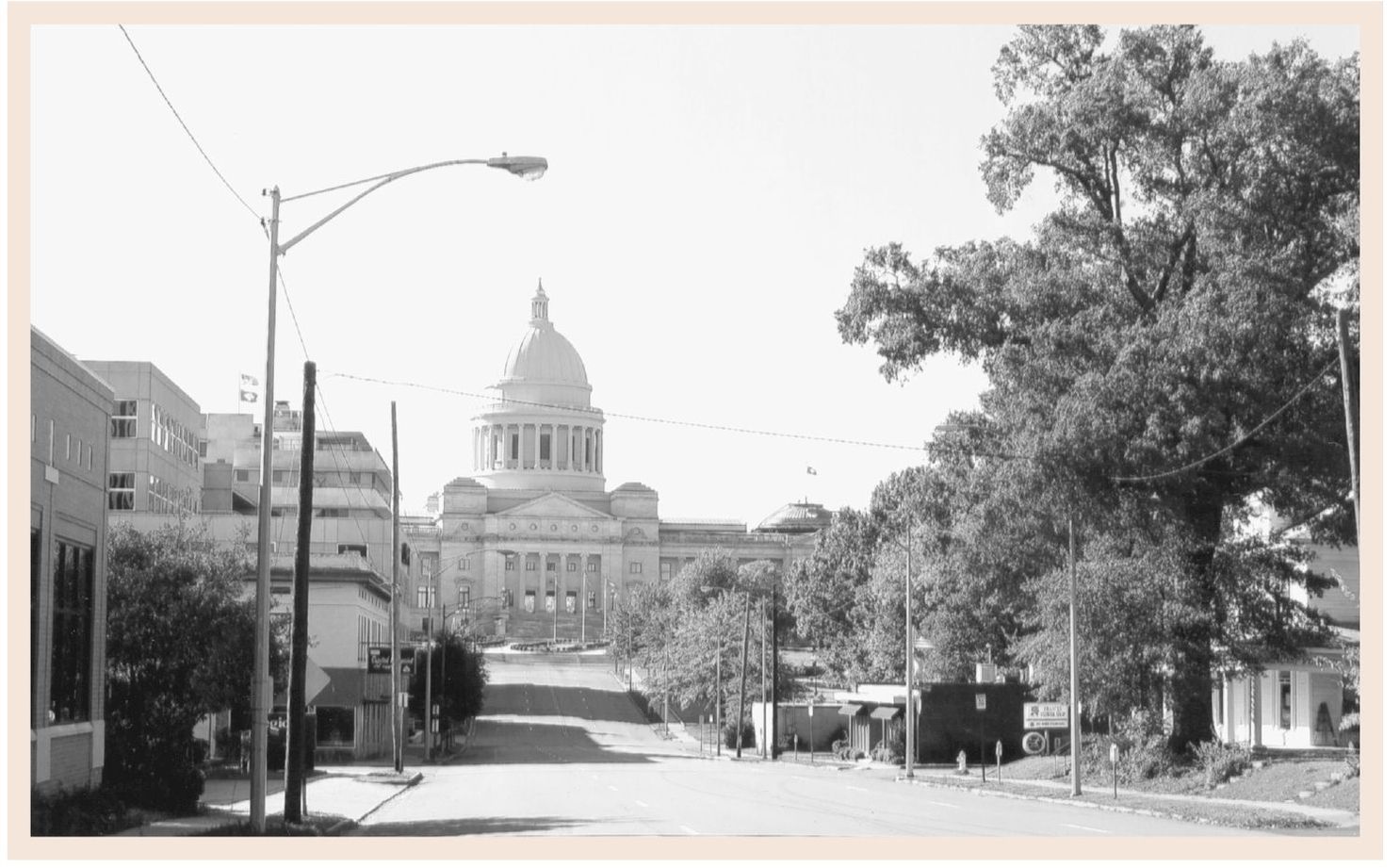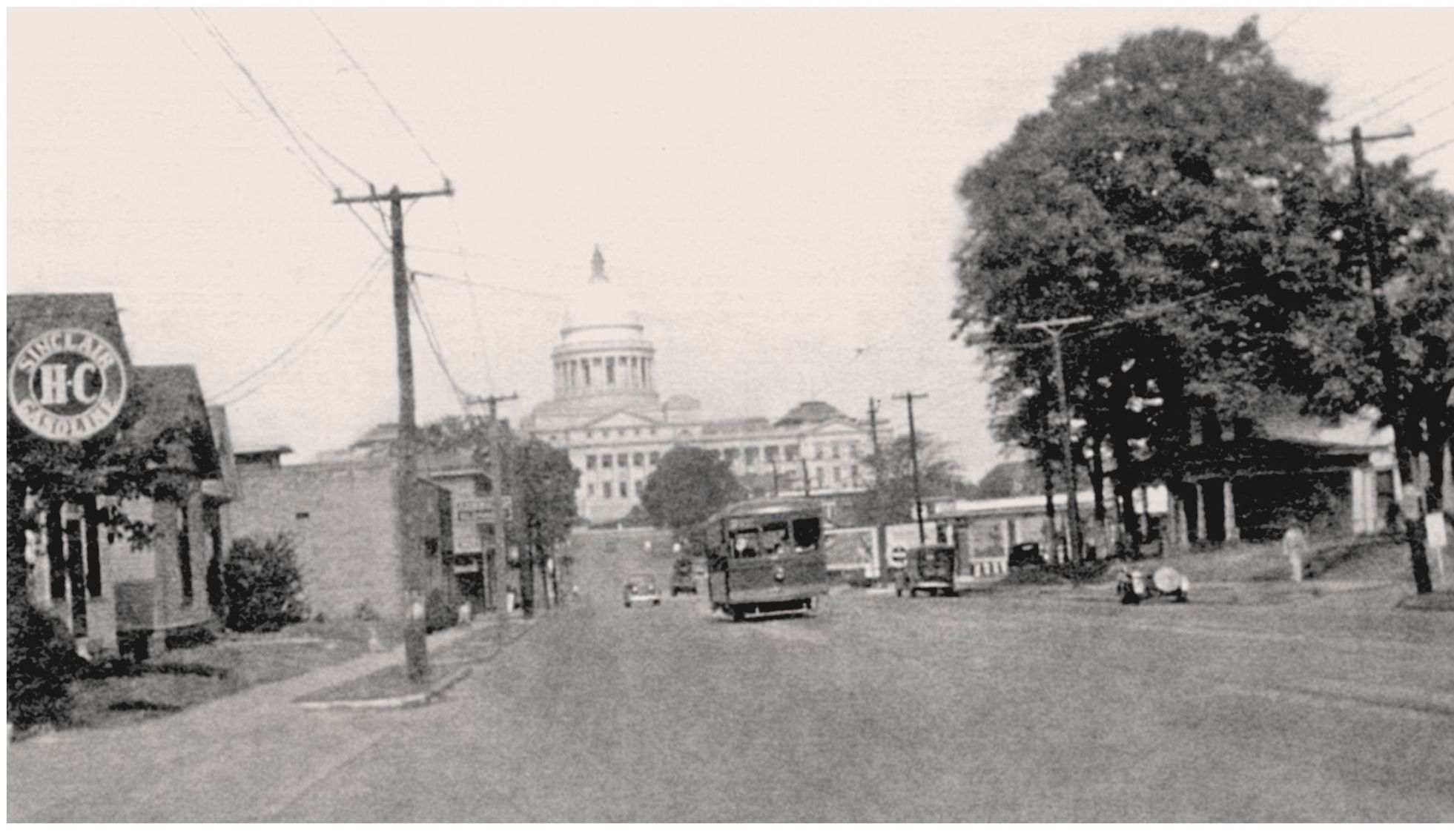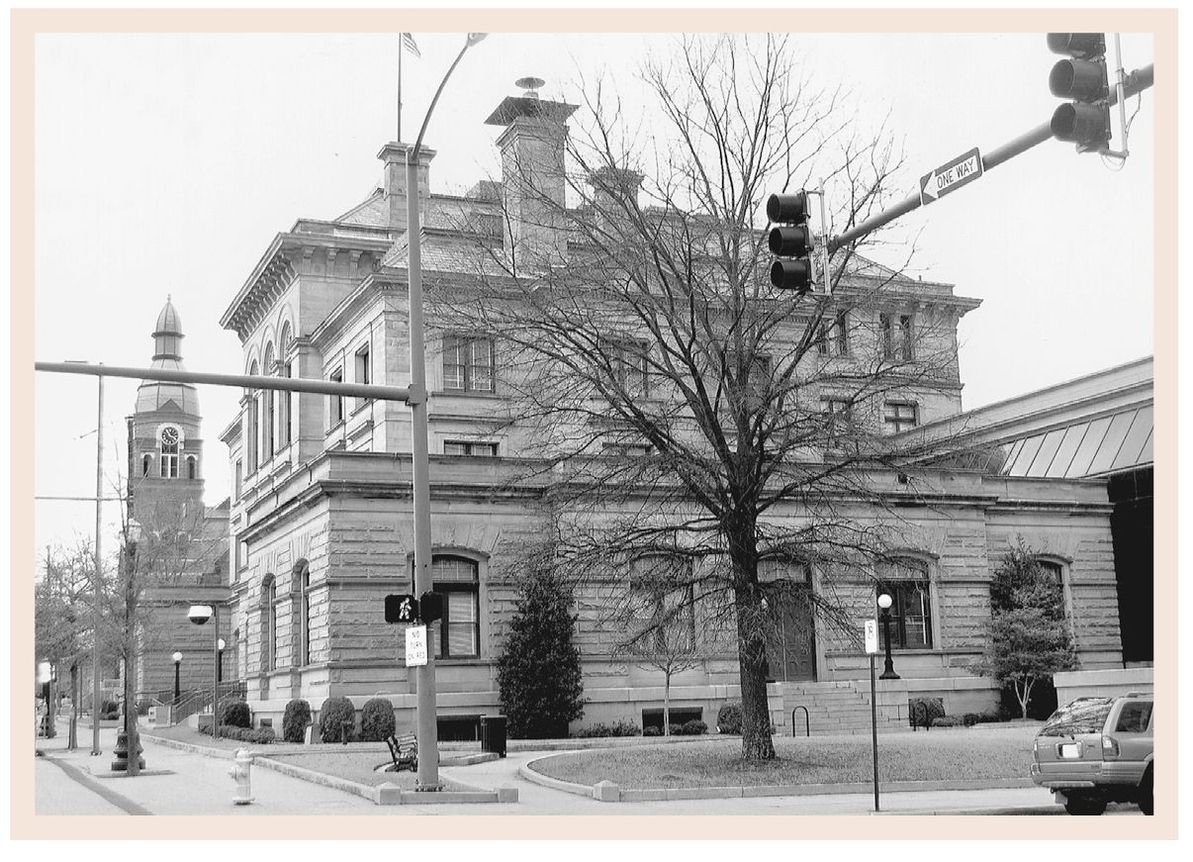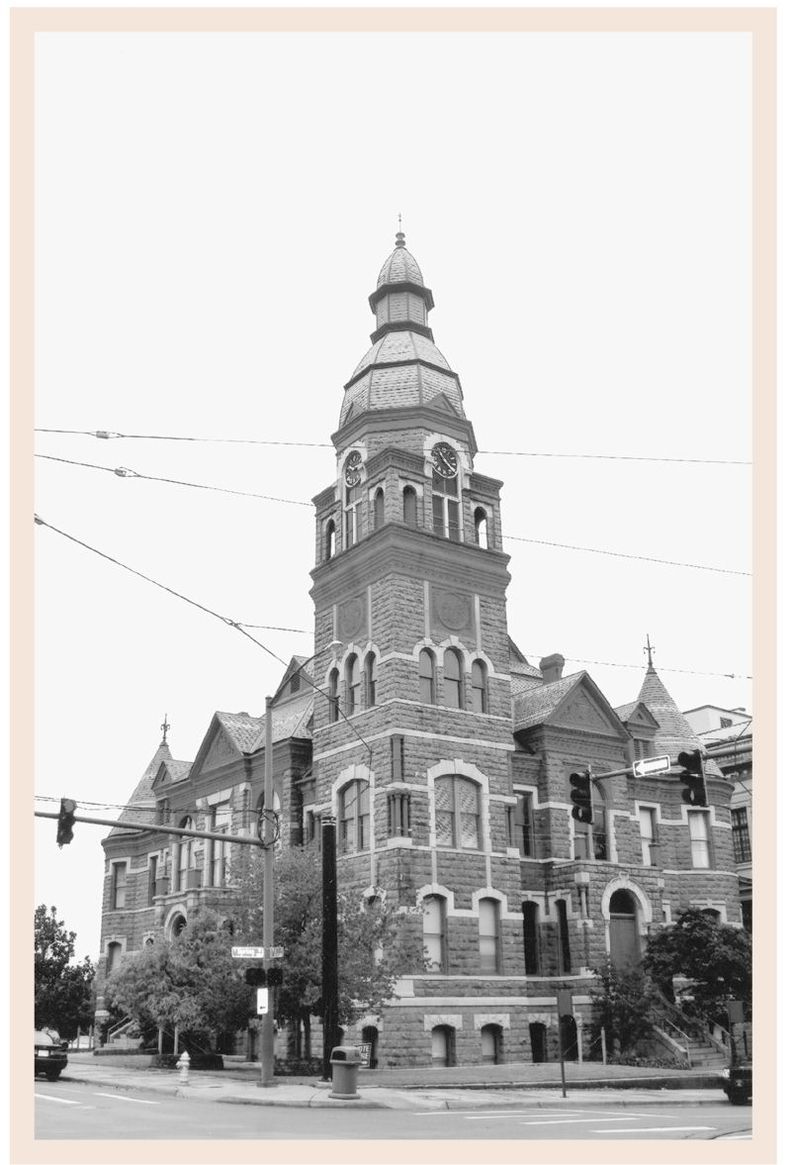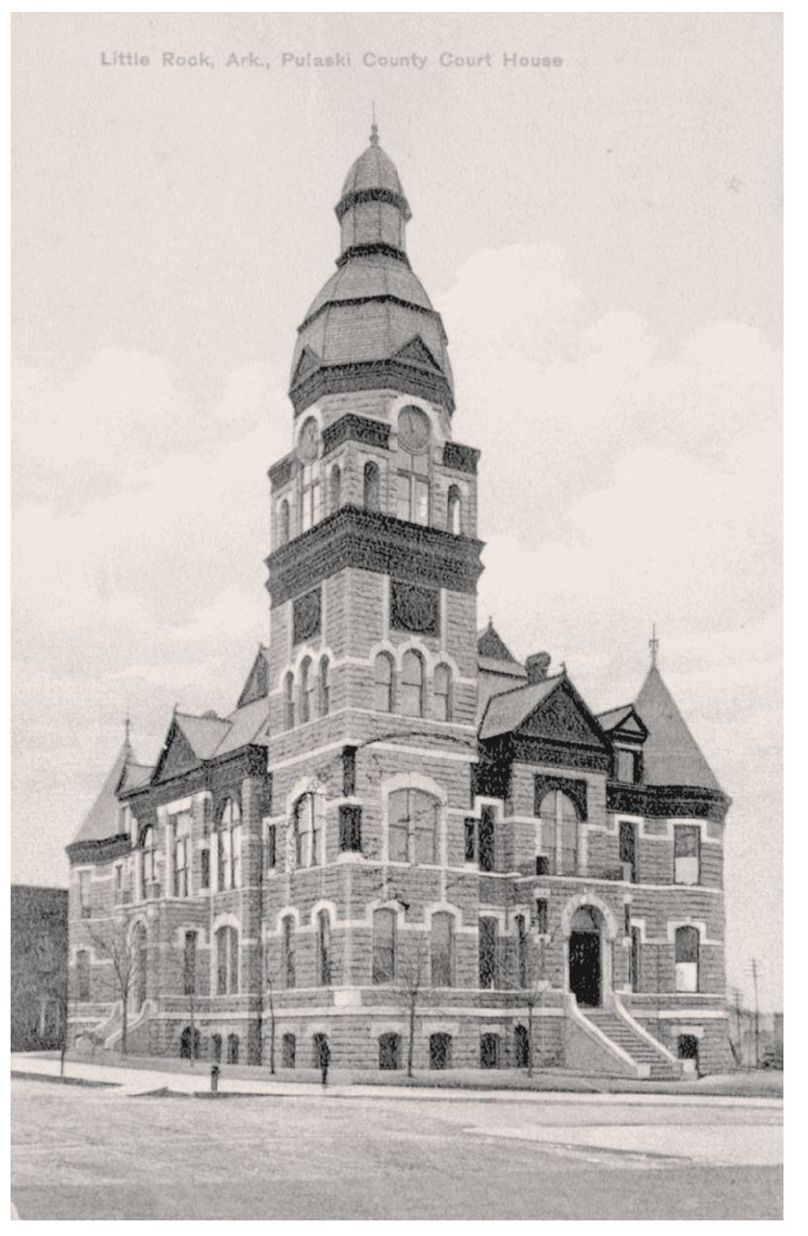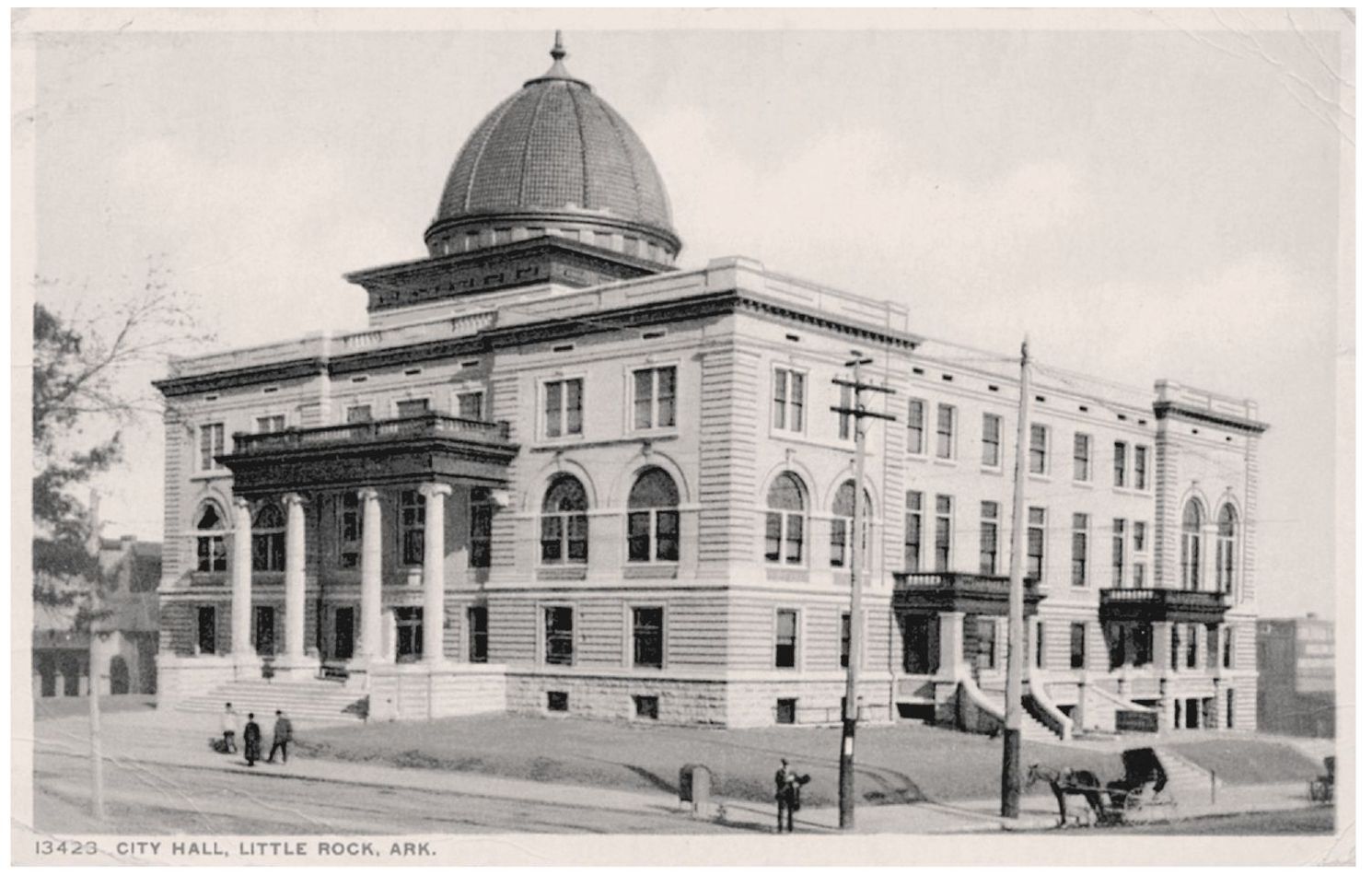CHAPTER 1
SEAT OF GOVERNMENT THROUGH THE YEARS
The best view of Arkansass capital city was almost surely from atop the dome of the new state capitol building, completed in 1911. The photographer pointed his lens down Capitol Avenue, wide and straight on its path toward Main Street in the distance. In the almost century since then, much of what was in the cameras view has been lost to fire, urban renewal, and the urgent drive to replace the old with the new. However, some of the most historic buildings that served state, county, and city governments remain landmarks today.
The Arkansas Territory was designated in 1820 after it was carved away from the Missouri Territory by Congress. Jesse Hinderliter erected the below building in 1828, adjacent to the territorial capitol buildings, to serve as both a tavern and a home for his family. By 1936, the 100th anniversary of Arkansas statehood, the long-neglected tavern was still operating at Third and Cumberland Streets. The historic building was saved in part by Mrs. J. H. Loughborough, wife of a prominent local attorney. Today it is restored and a part of the Historic Arkansas Museum of the Arkansas Territorial Restoration.
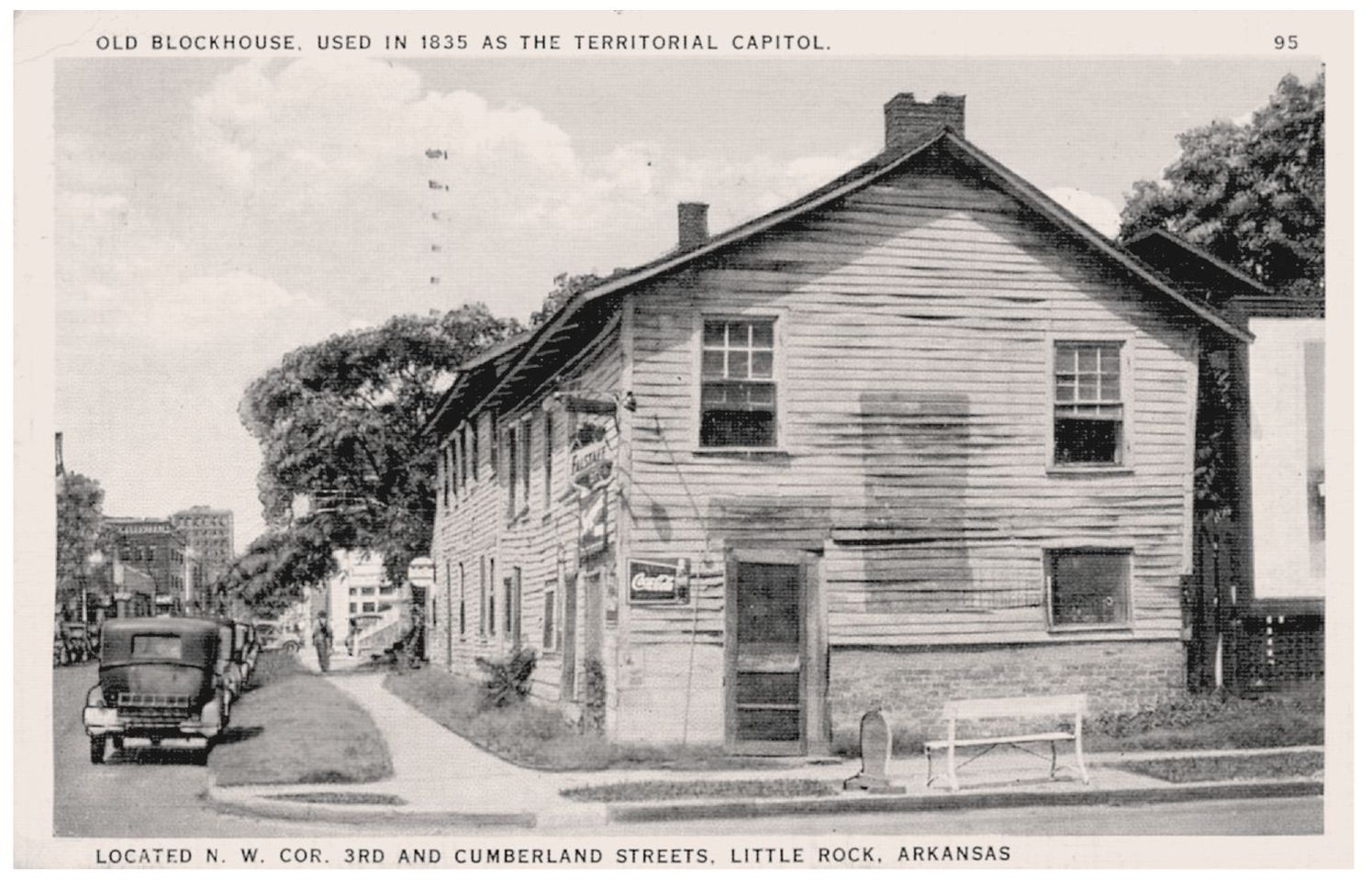
When Arkansas entered the Union in 1836, it already had a capitol building under construction; the Greek Revival structure was designed by Kentucky architect Gideon Shyrock. By the beginning of the 20th century, the well-used building was in such disrepair that a portion of the ceiling fell in on lawmakers, solidifying the drive to build a new capitol building. Some pushed the state to sell the old building for the land on which it sat, but with the aid of the Arkansas Federation of Womens Clubs, it was saved and restored. Today the Old State House contains a thriving museum. The historic building has been the site of the inauguration of the first governor, the site of the vote to leave the Union in 1861, and the site of the victory night celebration when Arkansas governor Bill Clinton was elected president of the United States in 1992.
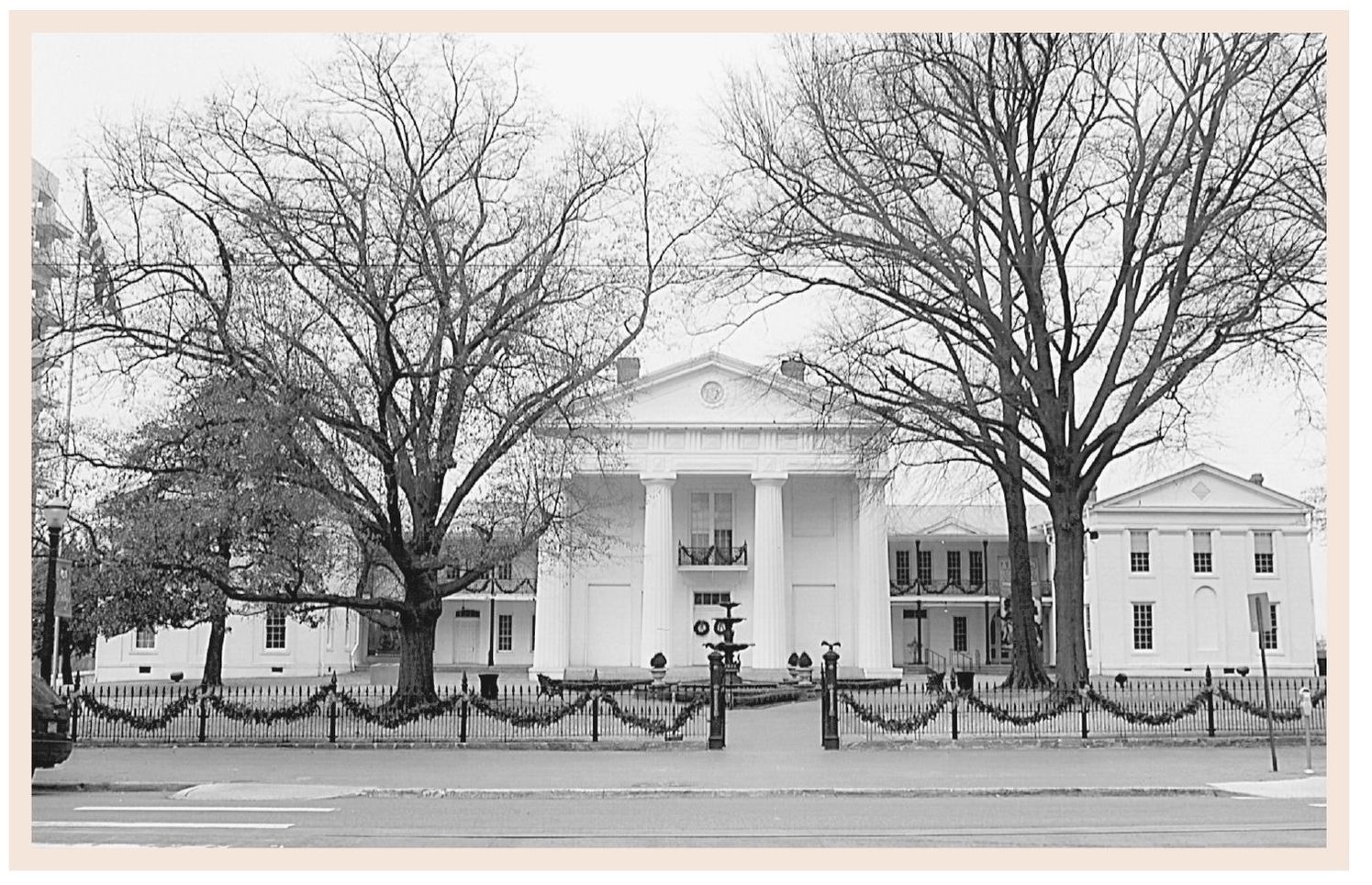
When a portion of the old state capitol ceiling collapsed on lawmakers in 1899, the drive to build a new capitol building was jump-started. It would take over a decade until it was completed in 1914, on the site of what had been a prison. The above photograph was taken around 1911 as the dome was under construction on what is today the symbol of the Capitol City.
Capitol Avenue, at the head of which rose the state capitol building, has changed greatly in the almost a century since the buildings completion. Seen below around 1935, the street was lined with large homes with porches where the owners could sit and watch passing streetcars. Today virtually all the grand homes are gone, as is the Sinclair Service Stationreplaced by commercial enterprises. The white house to the right survived from that era and today is home to Frances Flower Shop, a popular florist.
Seen below around 1910 is the seat of Pulaski County government; its towered courthouse in the distance shared a postcard with the U.S. Courthouse and Post Office in the foreground. The latter building had been erected between 1876 and 1881, constructed of Ohio limestone. It was enlarged in 1897 and again in 1908. Today the building is part of the University of Arkansas at Little Rocks Bowen School of Law.
From the outside, the Pulaski County Courthouse is perhaps one of the least-changed old buildings in Little Rock. It was erected at the corner of Second and Spring Streets between 1887 and 1890, built of native blue granite quarried south of the city. The deteriorating upper portion of the tower, with its clock, was removed in 1961, but local civic and government leaders had it restored some 40 years later. The historic building, along with its early-20th-century annex to the north, still serves Pulaski County today.

